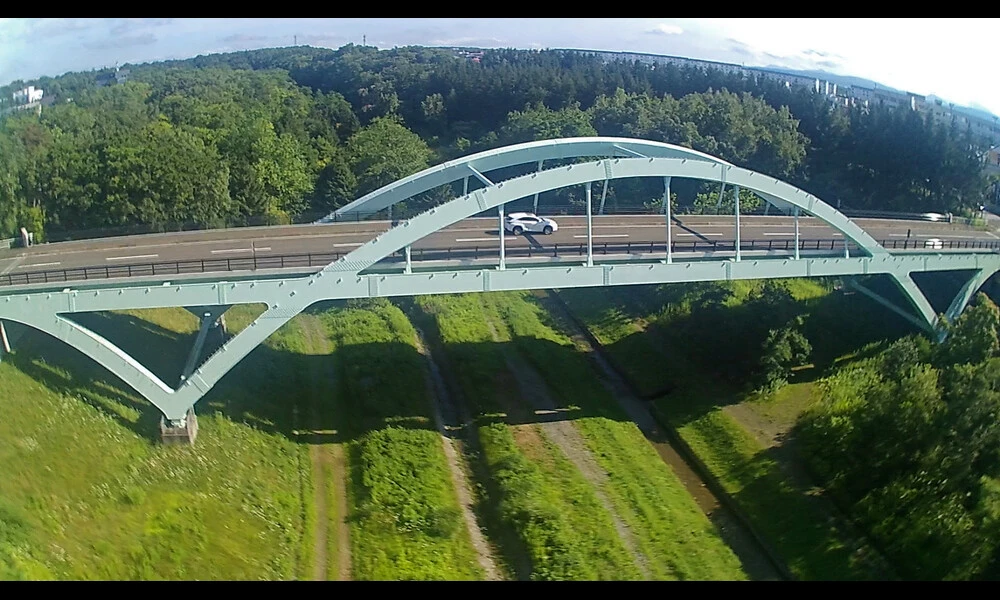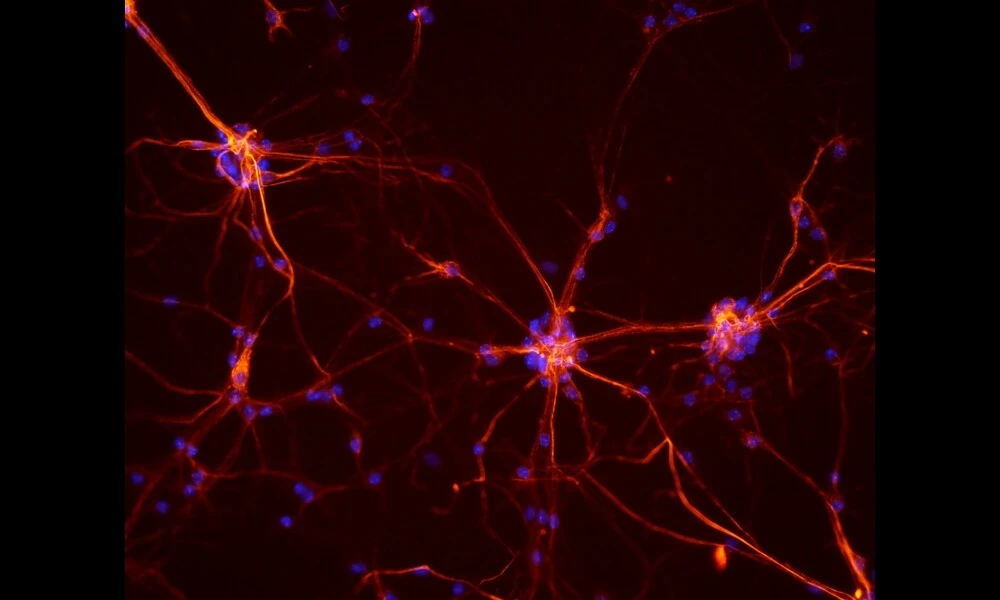Wind-Tolerant, Autonomous Drones Could Cut Bridge Inspection Costs by 30%
Published on Wed Jan 24 2024 Old drone shot. | MIKI Yoshihito on Flickr
Old drone shot. | MIKI Yoshihito on FlickrNavigating through the gusty winds that often accompany large structures like bridges, unmanned aerial vehicles (UAVs), commonly known as drones, face significant challenges during inspection tasks. It's a problem that, until now, has lacked a comprehensive solution in path planning methods for these aerial robots. However, a new study by Jian Xu and Hua Dai is promising to transform how drones inspect bridges by incorporating wind conditions into their route calculations. This novel approach could lead to a significant leap in UAV operational efficiency and safety.
When tasked with inspecting the massive expanse of a bridge, UAVs typically follow a predetermined path. This routine, however, does not account for the wind factor, which can vary greatly above water bodies, affecting the UAVs' battery life and stability. Recognizing this gap in existing methods, Xu and Dai developed an environment model specifically for UAV bridge inspection. They crafted a more sophisticated mathematical model that includes various objective functions and constraints of UAV operations. This improved model also integrates the simulated annealing algorithm, a probabilistic technique used to find an approximate global optimum, adapting it with the inclusion of wind factors. Impressively, the new method cuts costs by 30.05% over traditional local search algorithms, proving its significant advancement in real-world scenarios.
With the wind factored in, UAVs might no longer need to fight against it but rather work with it, ultimately reducing the number of UAVs needed for bridge inspection tasks considerably. This research underlines the importance of wind-aware route planning and its potential to reduce costs and enhance the effectiveness of UAV applications in infrastructure maintenance. The researchers hope this method will make a tangible impact, ushering in more accurate and efficient UAV path planning tailored for the demanding conditions of bridge inspections.



